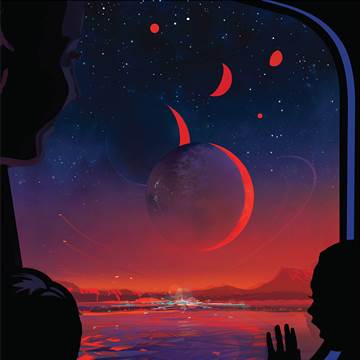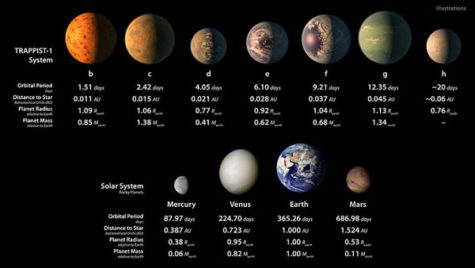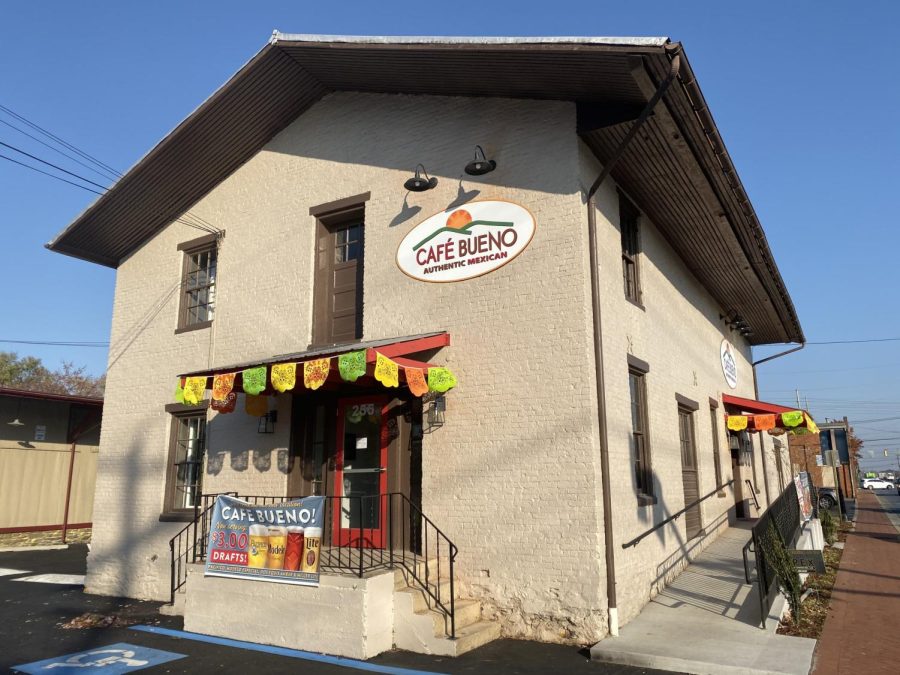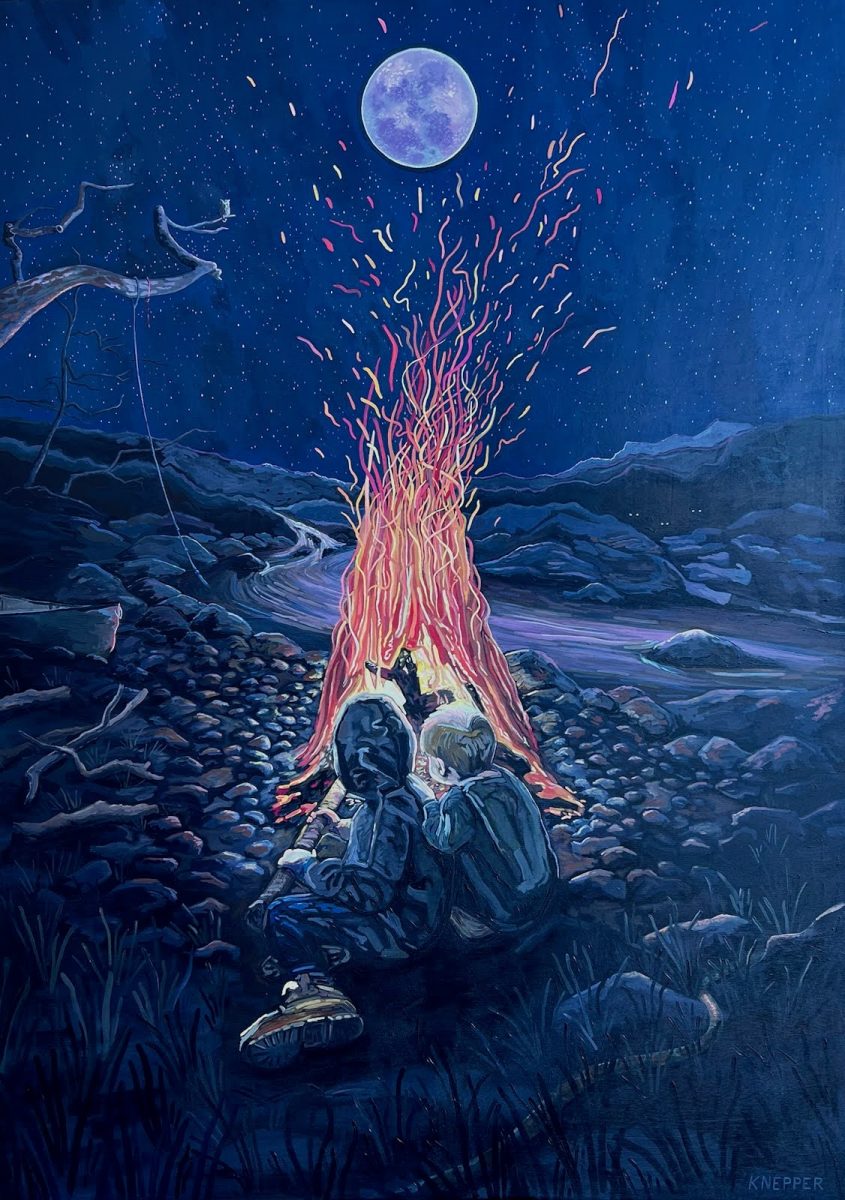Astronomical Discovery

March 15, 2017
On Wednesday, February 22nd it was announced that seven new planets were discovered approximately forty light-years away from Earth. And while it is very uncommon to find planets that are possibly able to sustain life, otherwise known as the habitable zone, there are three planets that classify in this category! These planets revolve around the star TRAPPIST-1, which is classified as an “Ultra cool” dwarf star. Since this star is a dwarf and fairly new, it radiates a warm salmon glow onto the planets. This could possibly mean that while objects on Earth show to be a certain color, on one of the TRAPPIST planets, it would appear to be the same color with a tint of orange. The sky may also be affected as well; however, this is all speculation.
These seven planets are labeled TRAPPIST-1 ‘b’ through ‘h’ starting with the closest planet from their sun to the furthest planet. The potential habitable zone includes TRAPPIST-1 ‘e’ through ‘g’, out of these three the most suitable would be TRAPPIST-1 f. Earth comparatively is warmer than the other planets temperature but in other ways, they’re quite similar. The size of Earth (relative to Earth) is 1.00R while TRAPPIST-1 f is 1.04R, the other two planets are also rather close in size with e being .08 smaller and g being .13 larger. Although, there are many similarities between the four planets, time is not one of them. Of course it takes 365.25 days to orbit the Sun, but for these planets it would only take from six to twelve days for these planets to orbit the Sun. Ergo, a year would be less than two weeks!

These planets, scientists predict, will also offer breath-taking scenic views not only because of the salmon hue but also because of the closeness of the planets! Their distance from one another enables you to see these planets like you would see the moon from Earth. Kind of like the view on Tatooine! However, because these planets are so close and tidally locked, they only face one way to their sun, making the planet light on one side- it being eternally daytime, while the opposite half is nighttime. Hopefully further into the future we will be able to receive more information about these planets- and possibly be able to visit them!
Sources:
https://www.nasa.gov/press-release/nasa-telescope-reveals-largest-batch-of-earth-size-habitable-zone-planets-around
http://www.cnn.com/2017/02/22/world/new-exoplanets-discovery-nasa/




























